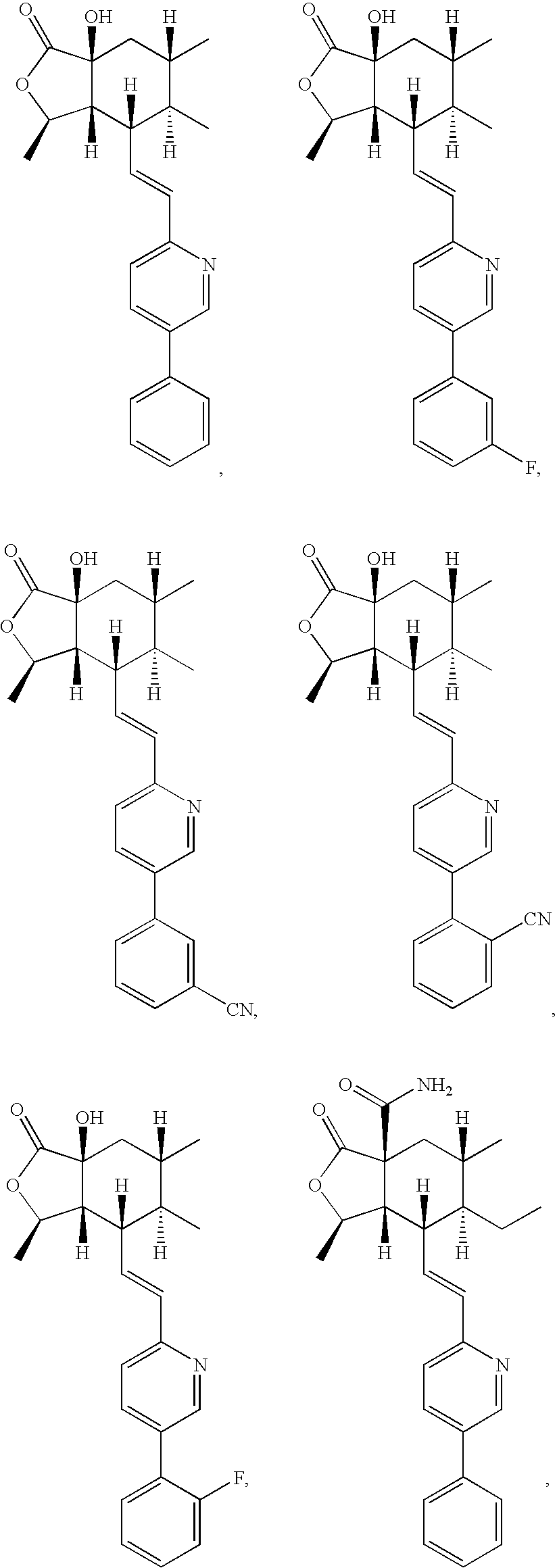Thrombin receptor antagonists as prophylaxis to complications from cardiopulmonary surgery
a cardiopulmonary surgery and thrombin receptor technology, applied in the field of thrombin receptor antagonists as, can solve the problems of cpb surgery involving a set of common risks, affecting the safety of patients, and posing additional risks to patients ,
- Summary
- Abstract
- Description
- Claims
- Application Information
AI Technical Summary
Benefits of technology
Problems solved by technology
Method used
Image
Examples
Embodiment Construction
[0033]It is presently believed by the inventors that the use of the above-described thrombin receptor antagonists will be found to be advantageous in the period directly before, during and / or after the CPB procedure in achieving a number of important goals. Although some of the studies cited below were made with respect to CABG, most of the conclusions will be applicable to any procedure involving CPB.
Platelet Protection and a Reduced Need for Transfusion
[0034]It is presently believed by the inventors that thrombin receptor antagonists will have two potential benefits in the CPB setting with regard to protecting platelets and avoiding or decreasing the need for transfusions. First, it is presently believed by the inventors that their antithrombotic activity will inhibit platelet activation within the pump and directly reduce the need for platelet or blood transfusion. Second, because clopidogrel has a bleeding liability, its use is avoided in settings in which CABG is a possibility,...
PUM
| Property | Measurement | Unit |
|---|---|---|
| aggregation | aaaaa | aaaaa |
| length | aaaaa | aaaaa |
| volume | aaaaa | aaaaa |
Abstract
Description
Claims
Application Information
 Login to View More
Login to View More - R&D
- Intellectual Property
- Life Sciences
- Materials
- Tech Scout
- Unparalleled Data Quality
- Higher Quality Content
- 60% Fewer Hallucinations
Browse by: Latest US Patents, China's latest patents, Technical Efficacy Thesaurus, Application Domain, Technology Topic, Popular Technical Reports.
© 2025 PatSnap. All rights reserved.Legal|Privacy policy|Modern Slavery Act Transparency Statement|Sitemap|About US| Contact US: help@patsnap.com



